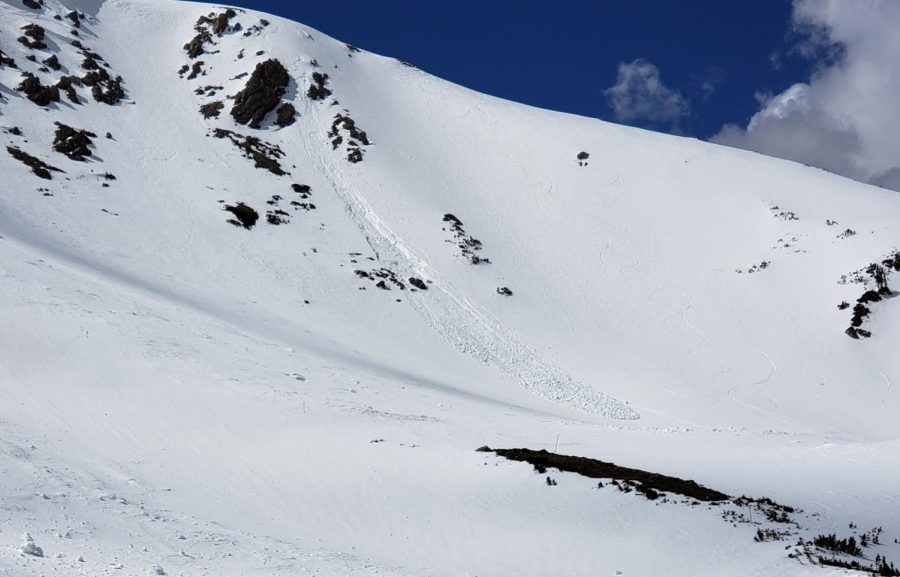The Dangers of Early Season Avalanches and a Weak Snowpack
The death toll is up to eight skiers, who have died during backcountry avalanche slides in just this year. Due to the early snow and crystallized snowpack any new snow will end up causing massive slides down any slope over 35 degrees.
“Moderate to strong winds and heavy snowfall will increase the avalanche danger throughout the day. Avalanches can easily break at or near the ground on weak snow buried deep in the snowpack,” stated the Denver Post.
With the new snow skiers are eager to get out and get fresh turns, but the avalanche danger is at a high this season with multiple people dying in slides just this week.
The Denver Channel 7 reported “Four backcountry skiers were caught, and one was rescued. The three other men — all Eagle County government officials — were buried under nine, 11, and 20 feet of snow, according to a CAIC report. The second fatal avalanche of the year in the state occurred on Feb. 4 at the East Vail Chutes. John Kuo, a 41-year-old man from Vail, had been skiing in an area known as Marvin’s when he was caught in the avalanche and died.”
Based on the early snow in October and then the drought in December and January the snowpack is very week and slides are happening more often. These types of conditions are also causing avalanches to be bigger than usual and break wider.
Greene states that, “For example, an area that may usually see avalanches 100 or 200 feet wide might connect with other slopes this year to create avalanches that are 700, 800 or even 1,000 feet wide.”
The best advice is avoiding areas where an avalanche might occur, Champion said. “This isn’t really a problem you can outsmart.”





